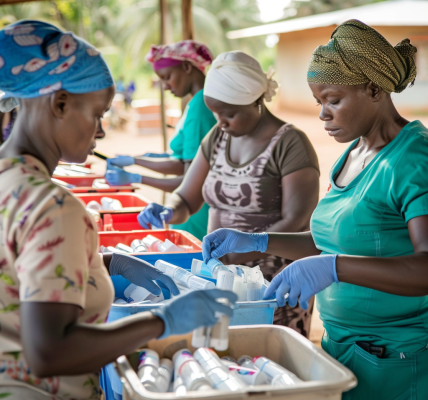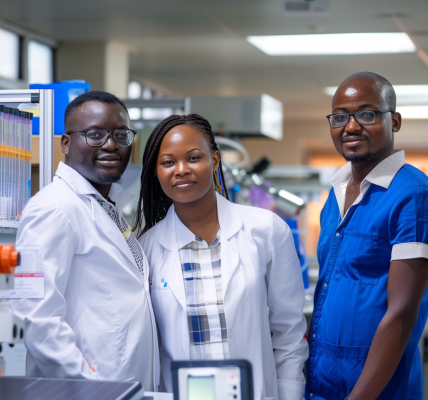Unearthing individual-level mutation risk patterns
Reviewed Jan 10 2024
Mutations, which occur continuously in every cell of our bodies, are a key contributor to cancer, ageing, and neurodegeneration. While exposure to mutagenic chemicals, or mistakes in cellular processes during DNA replication contribute to these mutations, the exact distribution and patterns of these changes across human chromosomes have remained a mystery until now.
Dr. Fran Supek, ICREA researcher and head of the Genome Data Science lab at IRB Barcelona, and Marina Salvadores, PhD student in the same laboratory, have delved into the landscape of DNA mutations, unveiling unexpected patterns that differentiate individuals in terms of mutation risk.
Previous work by the laboratory identified a ‘genomic spellchecker,’ a DNA repair mechanism devoted to reducing mutation risks in key parts of human chromosomes. Building upon these findings, the current study aimed to determine whether mutation risk varies between individuals and, if so, to identify the mechanisms driving these differences.
‘This research not only expands our understanding of the factors influencing mutation rate distribution but it also has significant implications for cancer evolution, therapeutic strategies, and advancements in regenerative medicine,’ explains Dr. Supek.
To address these questions, the researchers conducted a comprehensive analysis of genome sequences from over 4,000 tumours from various organs. Unlike previous studies focusing on tissue-specific mutation risks, this study specifically targeted individual differences in susceptibility to mutations.
Employing a genomic ‘big data’ approach, the team used machine learning algorithms to identify recurrent patterns across chromosome segments. They discovered 13 distinct patterns, with 10 corresponding to different types of tissue. Unexpectedly, the remaining three patterns were observed in almost all the tissues, thereby revealing that the density of mutations in specific genes varies significantly between individuals.
To understand these unexpected patterns, the researchers examined additional data, including gene expression and genetic aberrations, in cancer cells. The analysis uncovered a surprising correlation between increased cell proliferation and alterations in mutation risks. Disruptions in two crucial tumour-suppressor genes, TP53 and RB1, known to regulate the cell division cycle, were identified as key influencers, causing changes in the risk of mutations across chromosomes.
These chromosome segments not only presented altered mutation risks but also large-scale ‘remodelling’ of usually inactive parts of the genome, suggesting a potential link between cell proliferation and mutation susceptibility.





